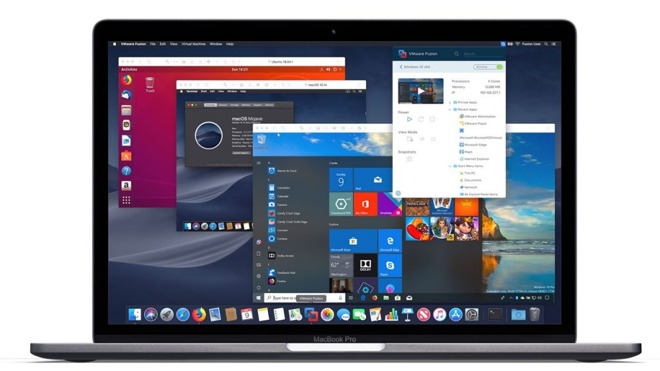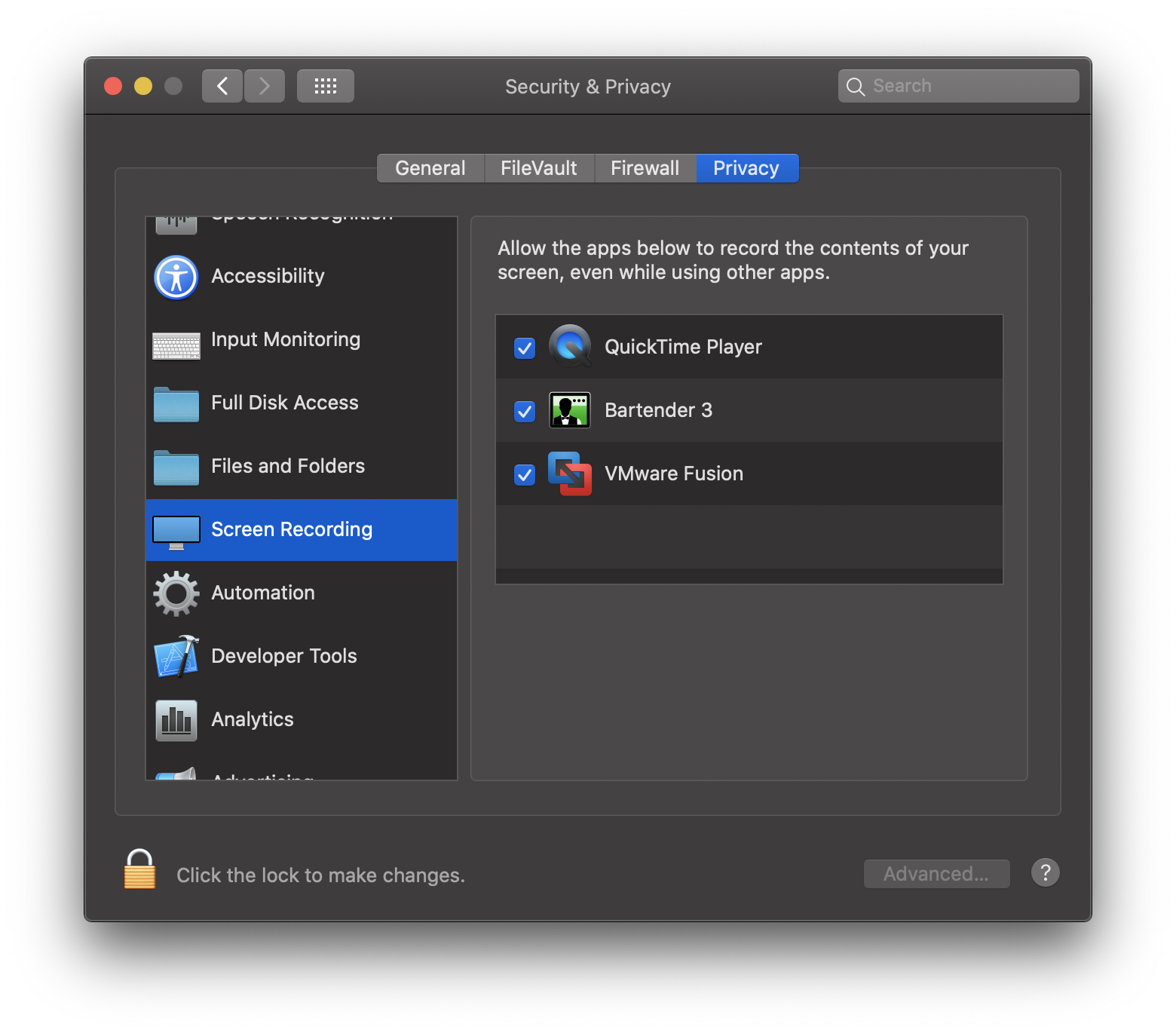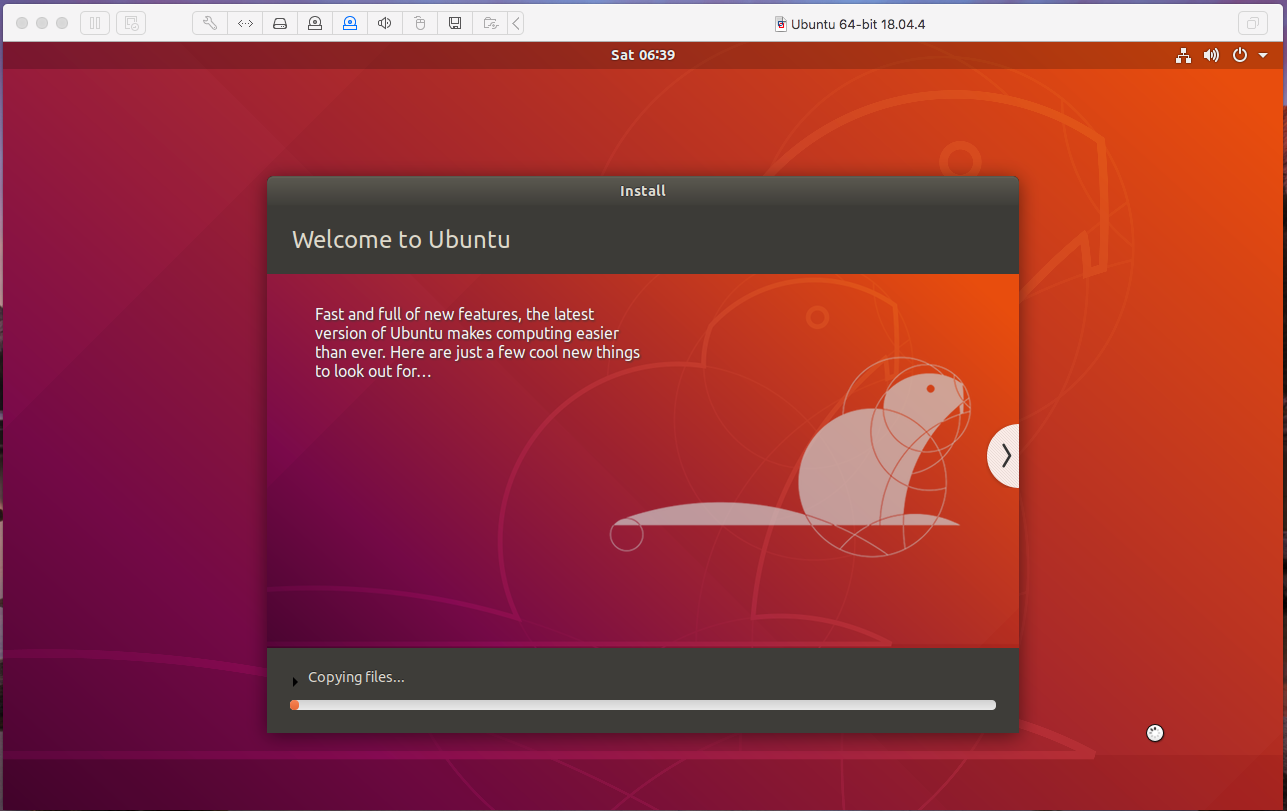

- VMWARE FUSION TOOLS HOW TO
- VMWARE FUSION TOOLS INSTALL
- VMWARE FUSION TOOLS ZIP FILE
- VMWARE FUSION TOOLS DRIVERS
- VMWARE FUSION TOOLS WINDOWS 10
VMWARE FUSION TOOLS DRIVERS
Think of it as the equivalent of hardware drivers for a physical machine. VMware tools is an important piece of software for any virtual machine. It makes VMware understand the rest of the files you extracted when you downloaded the VM. We will be opening the VMX file in the VMware platforms we use to run Kali in.Ī VMX file is a file that tells the VMware software what the components of the VM are, from how much virtual RAM and how many CPUs, to the virtual drivers used, to the virtual hard drives used.
VMWARE FUSION TOOLS ZIP FILE
zip file you download basically make up the VM itself, so make sure you remember where you put it because you will need to open it later.
VMWARE FUSION TOOLS INSTALL
Sure, you could download the Kali ISO image, create a blank VM, and install it, but why bother when there is already a VM image that is easy to deploy.Īfter you download the Kali Linux VM image, be sure to extract it. Why? It is the simplest way to get started. This is the one you want.įor this guide I am going to use the Kali Linux VM image for VMware. You can download the Kali ISO image here. While you could install a Kali image on a VMware virtual machine, it is much easier to use download and use the Kali VM. Kali Linux comes in two main forms: images and VMs.
VMWARE FUSION TOOLS WINDOWS 10
I tested Kali Linux on my Surface Pro running Windows 10 that only had 4 GB of RAM and it was usable without major issues. The only realistic issue you may have is a small SSD that is approaching full.īe sure to check the resources on your computer or server before you get started. The good news is as long as you have a fairly recent computer, you should be fine with this. Again this is a minimum, and 2GB of RAM and 20 GB of hard drive space are a better place to be. The minimum Kali install requirements are 128 MB of RAM and 2 GB of hard drive space. The good thing is that Kali is a fairly lightweight distribution. Remember, you are running another machine on top! This means you you always need to give your virtual machine LESS resources than the total you have available, since your base Mac or Windows OS still needs to run!


VMware Resource Basics for Kali Linuxīefore we get started, there a few things to keep in mind when running a virtual machine on top of your existing Windows or Mac OS.įirst and foremost, you need to understand the resources in your machine. VMware products come with a free day trial, so you can try several different platforms before you decide. Which VMware platform you use one you use is really up to your requirements and what computer hardware you have available.
VMWARE FUSION TOOLS HOW TO
I will show you how to install Kali Linux on each of them by using the Kali VMware image provided by Offensive Security. Luckily, I know a lot about VMware and I have access to all of these platforms. VMware ESXi is the native operating system in this case. Run and manage VMs along side your Windows or Linux installation. VMware Workstation Pro also know as VMware Workstation.VMware player lacks many features when compared to VMware Workstation, but is FREE for non-commercial use. Run a single VM alongside your Windows or Linux installation. VMware Workstation Player is also known as VMware Player.When someone is talking about Kali Linux VMware, they probably mean one of the following things: VMware makes it easy to run Kail on your laptop along side your usual OS, or in the data center. Many people are looking to use Kali with VMware, but may not be very familiar with VMware. Let’s take a closer look at all of these options. There are several different ways you can implement Kali Linux on VMware such as VMware Workstation Player, VMware Workstation, VMware Fusion, VMware ESXi, and VMware vSphere. Kali Linux VMware is an instance of the Kali Linux distribution running on a VMware based virtual machine. Kali Linux and VMware, Perfect Together!.Converting Your Kali VM to the ESXi Format.Running Kali Linux on VMware ESXi (vCenter Managed or Standalone).Running Kali Linux on VMware Workstation Pro.Running Kali Linux on VMware Player / VMware Workstation Player.


 0 kommentar(er)
0 kommentar(er)
